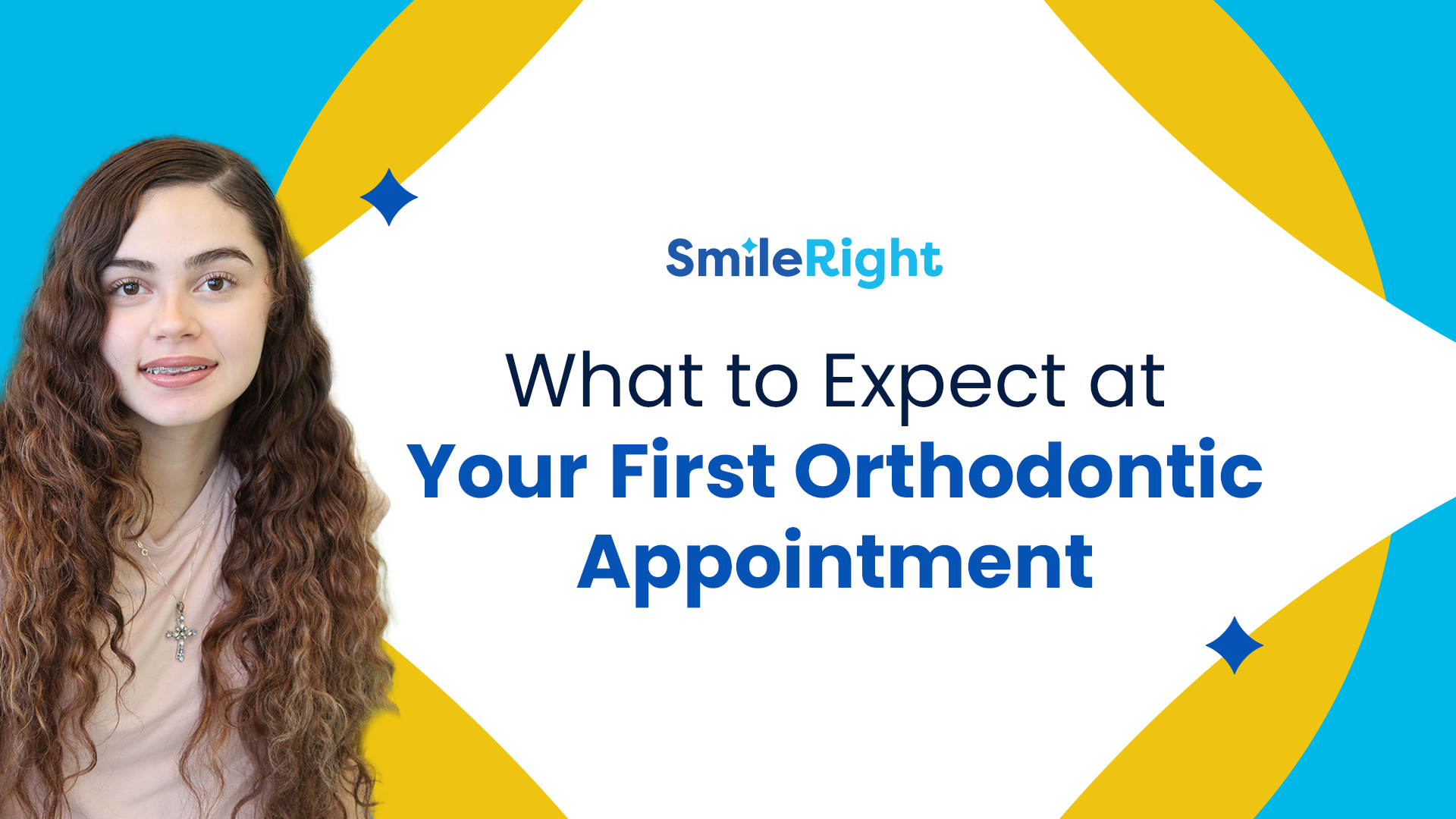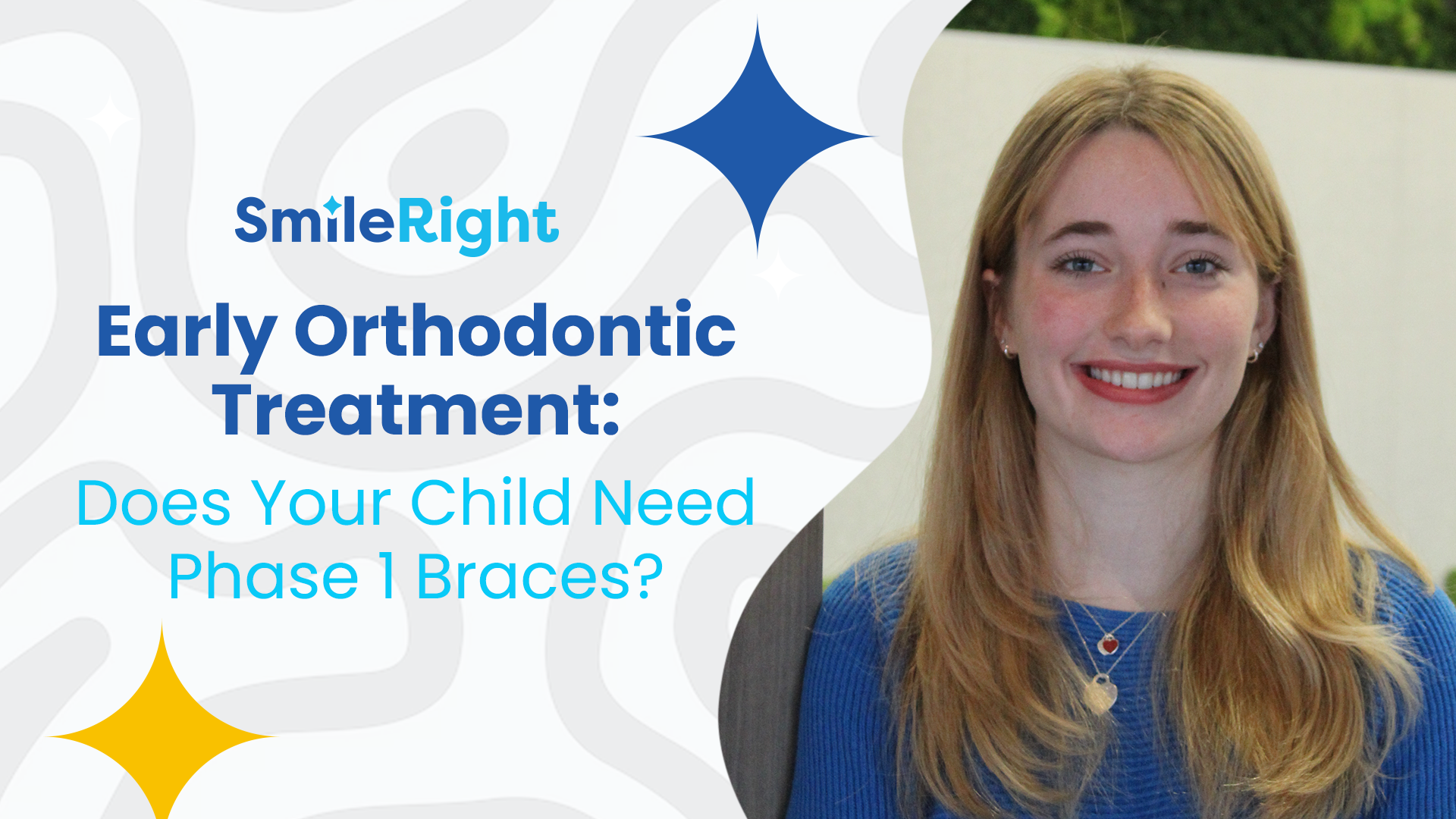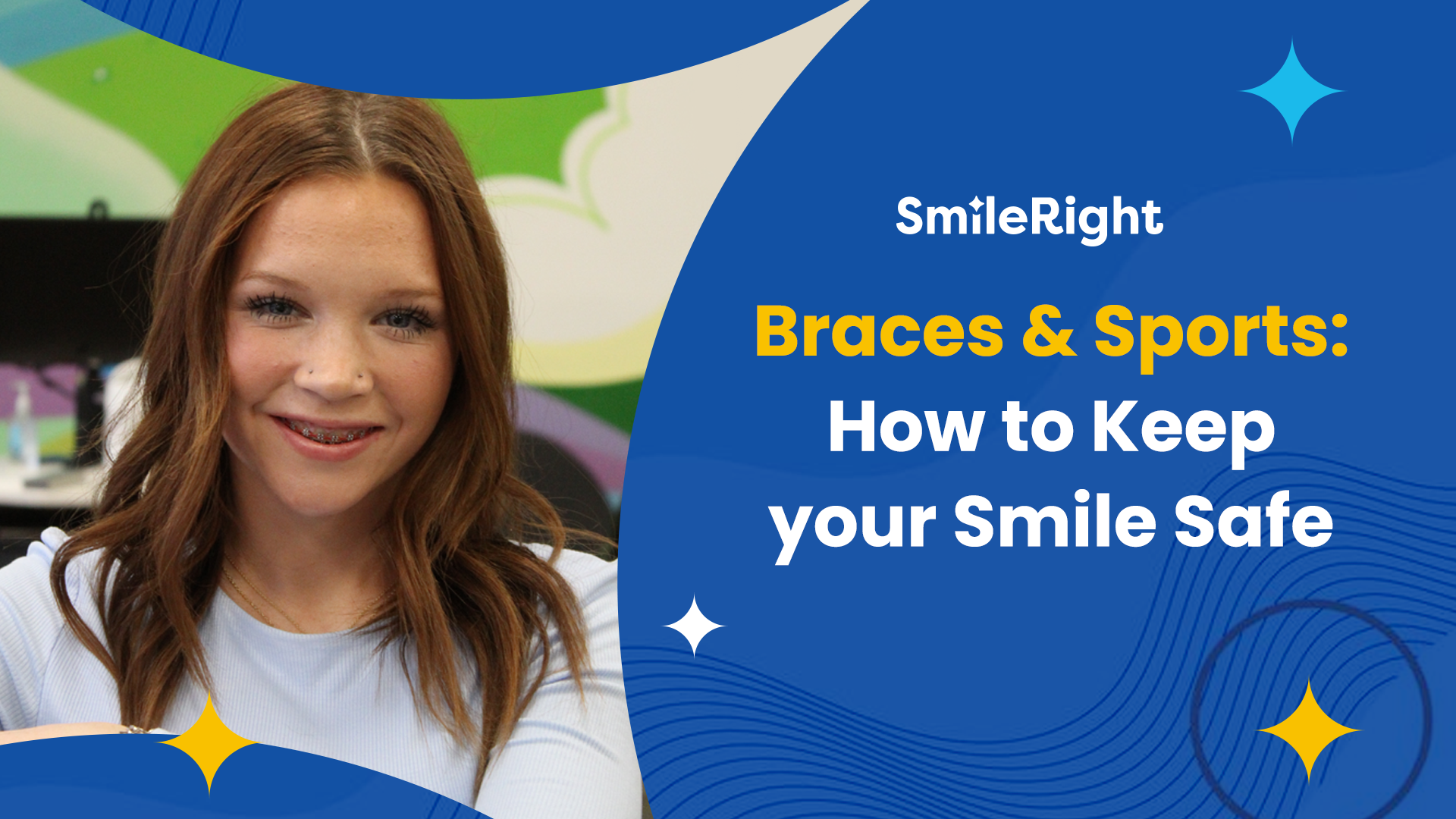Transformative Orthodontics: Navigating Crowded Teeth Solutions with Metal Braces

Source: Dr. Marketing
Embarking on the path to a confident smile is a personal journey, and if you've been grappling with crowded teeth, the solution might be closer than you think. Discovering the wonders of orthodontics, especially metal braces, can play a pivotal role in transforming your smile. In this blog post, our team at SmileRight Brace in Houston, Texas will discuss the intricacies of metal braces and how they cater to your unique needs in correcting dental misalignment.
Understanding the Basics of Orthodontic Care

Brackets
The foundation of your metal braces lies in the small metal brackets bonded to the surface of each tooth. These brackets act as anchors, playing a crucial role in guiding your teeth to where they need to be.
Archwire
Connecting these brackets is the archwire, a thin metal wire applying gentle pressure on your teeth. As your orthodontic journey progresses, the archwire is adjusted periodically to facilitate the movement of your teeth towards their correct positions.
Orthodontic Adjustments
Regular visits to our orthodontists at SmileRight Braces are key to the success of your treatment. During these appointments, our orthodontist may tighten the archwire or make other modifications, ensuring a steady progression in your teeth alignment.
Orthodontic Treatment Process for Patients with Crowded Teeth

Your journey with metal braces for crowded teeth typically begins with a comprehensive orthodontic evaluation. Your orthodontist will assess the severity of crowding, your overall oral health, and your unique needs. Following this initial assessment, a customized treatment plan is crafted, outlining the expected duration of your treatment and the specific adjustments needed at each stage.
One of the advantages of metal braces is their versatility in addressing various degrees of dental misalignment. Whether your crowding is mild or severe, metal braces can be tailored to suit your case, providing a reliable and effective solution tailored just for you.
Benefits of Metal Braces for Patients in Houston

Durability
Your metal braces are designed for durability and resilience, ensuring a long-lasting and reliable solution to address your crowded teeth.
Cost-Effective
If cost is a consideration for you, metal braces often present a more affordable option compared to some alternatives, making them accessible to a broader range of individuals.
Effective in Severe Cases
In instances of significant crowding or complex misalignments, rest assured that metal braces are particularly effective. Their robust design allows for precise control, making them suitable for even the most challenging cases.
Customization Options
Your orthodontic journey is unique, and modern metal braces offer a range of customization options. Choose colored bands for a personalized touch, turning your orthodontic experience into something uniquely yours.
SmileRight Braces Addresses Patient Concerns About Metal Braces for Crowded Teeth
While metal braces offer numerous benefits, it's natural to have concerns before starting your journey.
Aesthetics
Visibility might be a concern for you, but rest assured that advancements in design and materials have resulted in smaller and less conspicuous brackets, minimizing their impact on your overall appearance.
Discomfort
Some discomfort is normal, especially in the initial days or after adjustments. Your orthodontist takes measures to ensure your comfort throughout the treatment, providing tips to manage any temporary soreness.
Maintaining Your Oral Health During Orthodontic Treatment

Proper Oral Hygiene
Your commitment to excellent oral hygiene is crucial during your orthodontic treatment. Be diligent in brushing and flossing to prevent plaque buildup around brackets and wires.
Dietary Considerations
Certain adjustments in your diet may be recommended to prevent damage to the braces. Avoid hard and sticky foods to minimize the risk of bracket breakage or wire displacement.
Regular Dental Check-ups
Routine dental check-ups are essential, even during your orthodontic treatment. Our orthodontist in Houston and your dentist work together to ensure your overall oral health and address any concerns that may arise.
Realizing Your Smile Transformation

As your treatment progresses, you'll witness the gradual transformation of your smile. The correction of crowded teeth not only enhances the aesthetics of your smile but also contributes to improved oral health and functionality.
Enhanced Confidence
Brace yourself for a boost in confidence as your teeth align and your smile transforms. This positive impact on self-esteem can extend beyond the duration of your orthodontic treatment, influencing various aspects of your personal and professional life.
Improved Oral Function
Properly aligned teeth contribute to better oral function. You will find it easier to bite, chew, and speak effectively, leading to a more comfortable and efficient use of your teeth.
Long-Term Oral Health Benefits
By addressing crowded teeth with metal braces, you are not just making cosmetic improvements. You are reducing the risk of dental issues such as cavities, gum disease, and uneven wear on your teeth, ensuring long-term oral health benefits.

In the world of orthodontics, your journey with metal braces is a personal and transformative experience. Guided by orthodontic professionals dedicated to providing personalized care, you will witness not only the physical changes in your smile but also experience a positive impact on your confidence, oral function, and overall well-being.
If you have been considering orthodontic treatment for crowded teeth, consult with an experienced orthodontist to explore the possibilities and embark on a journey towards your radiant and confident smile. Remember, the path to a beautiful smile begins with a single step, and with metal braces, that step can lead to a lifetime of smiles and improved oral health—all tailored just for you.
Contact our orthodontists at SmileRight Braces located at 17375 Tomball Pkwy, Ste 2B in Houston, Texas to learn about your options for metal or ceramic braces to treat crowded teeth. You can call us at (281) 699-0234 to schedule your consultation.
Smile more with SmileRight Braces in Houston!




